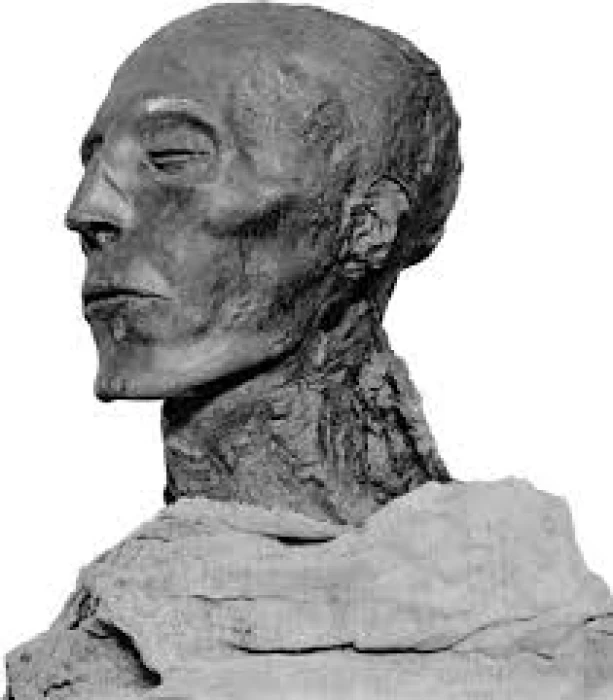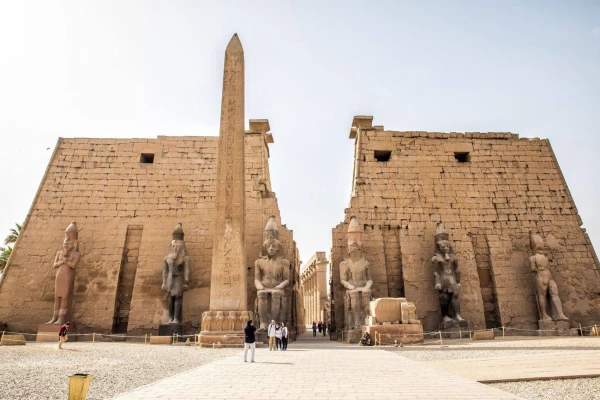
King Seti I
The most famous kings of Egypt
The famous Pharaoh City I is one of the greatest and most famous warrior pharaohs of the modern State and the nineteenth family. He was known as the "Ma 'at Ra", the son of King Ramses I and Queen Sat Ra. His father Ramses I, who founded the nineteenth family, was just two years old.
His famous son, King Ramses II, withdrew the rug from under the feet of his father, King Seti I, and made all the fame and glory of his son, King Ramses II, his name means: Associated with God "Six," the famous Lord of ancient Egypt especially in the mythical story of Isis and Osiris.
The great warrior pharaoh King Seti I consolidated Egyptian authority in the Levant in Syria and Palestine, resisted the two who governed the lesser region of Asia "in Anatolia or Turkey currently) successfully and concluded a peace treaty with them and did not attack them.
The First City erected many monuments, perhaps the most important of which was the Grand Pillar Lounge at Karnak temples. The building was initiated before, and then decorated during the First City era with ritual views. The large military victories of the Pharaoh over the Bedouins, who were changing on the borders of northern Egypt, Libyans, and Amoreans in Kadesh in Syria adish.
The first City warrior pharaoh is believed to have died under 40, unlike his father King Ramses I and son King Ramses II, who lived long and died at an advanced age.
He pointed out that King City I Pharaoh is a great warrior who fought and returned to Egypt its prestige and greatness in the Old Near East after it was about to be lost at the end of the eighteenth dynasty, especially after the kings of Amarneh, and I mean King Akhnaton and his successors. And King City I achieved great glory and great fame, but his son King Ramses II's great fame overshadowed that of the warrior pharaoh his father King City I.















